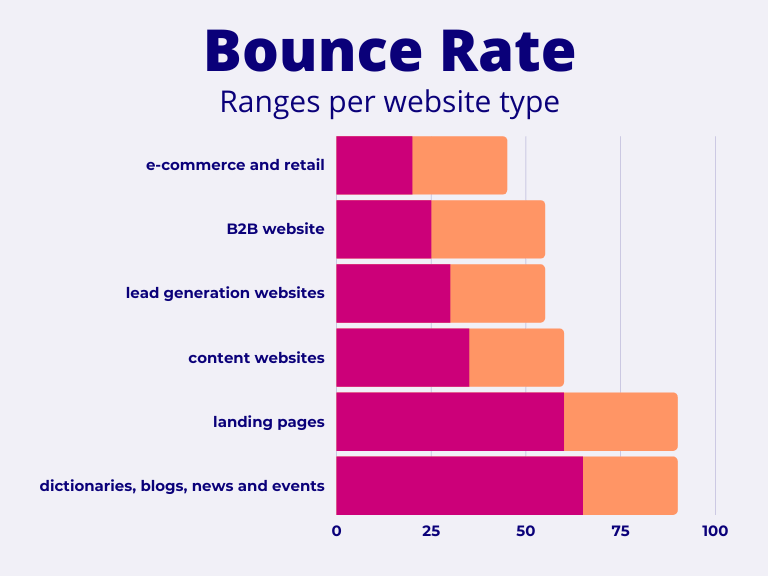Web Analytics Course:
Web Traffic Metrics that Matter
Your web analytics tools will generate various metrics and indicators. Don't get overwhelmed.
Numbers are great… but not if they don't mean anything! Certain data points are more meaningful than others.
So how do you actually measure with web analytics? We've got you covered.
Page views + unique views + duration + bounce rate = The Winning Formula
The common mistake we see is skipping one or two of these key ingredients… or even nearly all of them. Far too often people only lean on page views – a poor indicator of overall performance. Sure, page views are nice and flashy – “We have 4 million page views! Come advertise with us!” – but they can be little more than a vanity metric.
Think of Amazon. Someone may look at 100 items! Page views are not representative of the quality or effectiveness of the channel.
“If you only track page views and number of site visitors those can be vanity metrics if you fail to contextualize the data,” according to MasterClass. “Vanity metrics are a type of metric that may appear good for the company or suggest success, but in reality, they lack actionable data and have very little connection to a company's progress or the impact of their marketing strategy.”
Page views may be great for luring advertisers. But they are not great for tracking if your ad spend is valuable.
That's where Unique Views (Wide Angle name) comes in.
The uniqueness of users is far better for conversion.
Not only that, but if you're a truly savvy business owner, you'll want to measure engagement – either by duration or bounce rate.
If someone spends a lot of time on your website, they've got excellent duration. More is better… especially for content-driven platforms!
Bounce rate is when you come to a website and leave immediately.
Different websites have different bounce rates. An online dictionary, for example, will have an extremely high bounce rate because people will leave once they find the definition they need.
Here are examples of how bounce rates vary across industries:

As a general rule, bounce rates up to 35% is considered satisfactory, while rates above 50% can be problematic. For a more detailed explanation of bounce rates, check out Wide Angle Analytics blog.
As you can see, there are many ways to measure success – but the best way is to measure multiple metrics. WideAngle is here to help you do it all. Knowledge is power, and we look forward to seeing you in our next lesson.